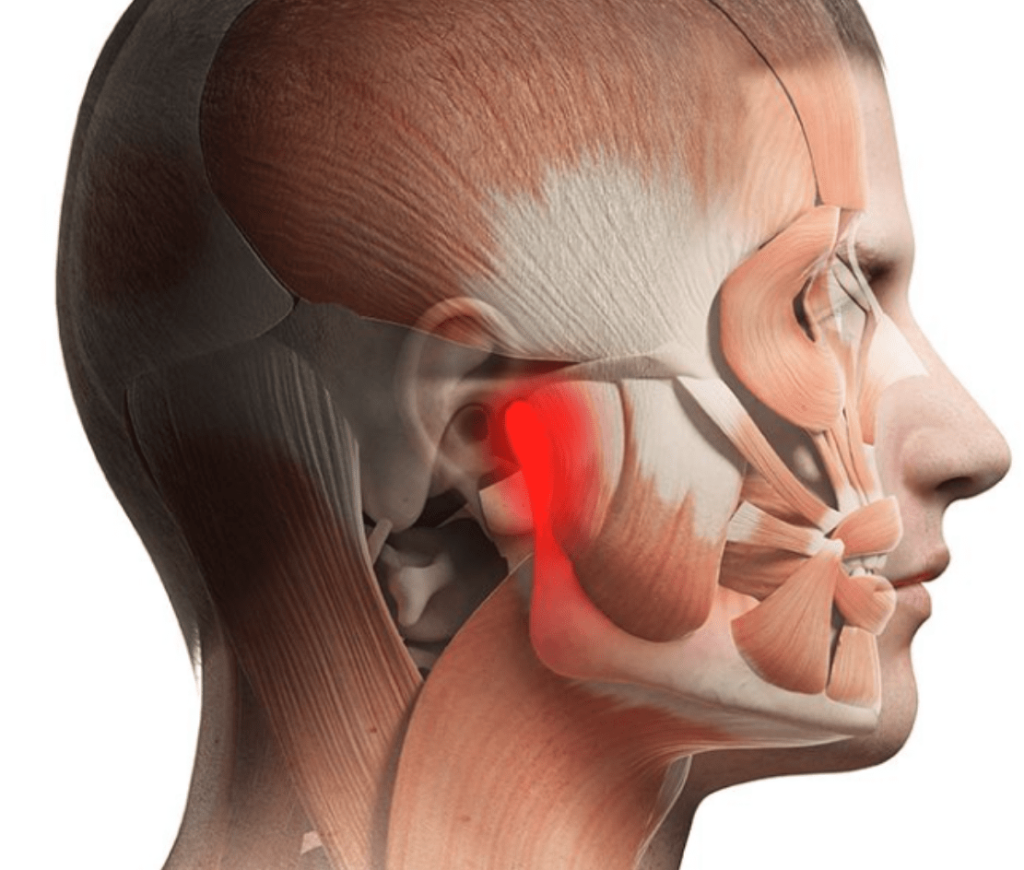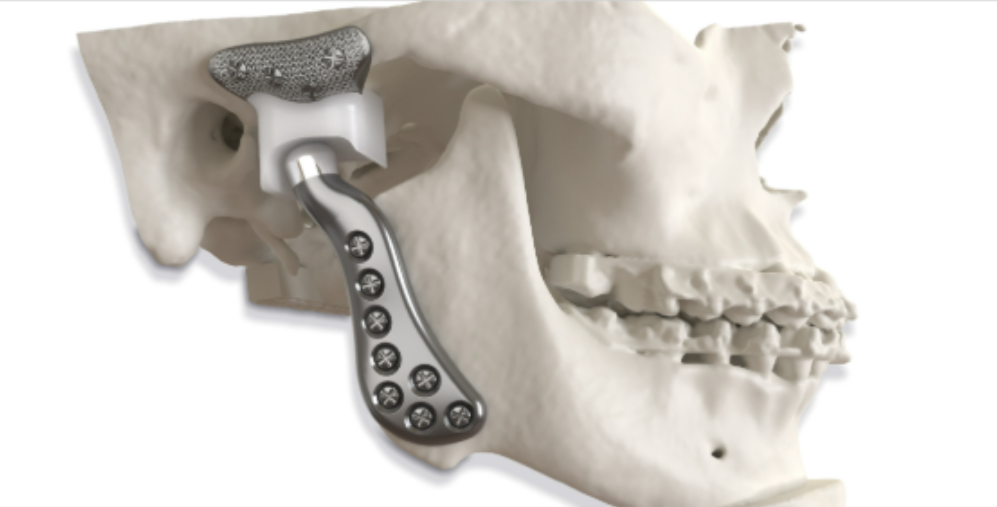The temporomandibular joint (TMJ) connects your jaw to your skull and allows you to speak, chew, and move your jaw. A TMJ disorder occurs when this joint becomes inflamed, misaligned, or damaged—causing pain and dysfunction in the jaw, face, head, or neck.
Common Symptoms of TMJ Disorders
- Jaw pain or tightness
- Clicking, popping, or grinding sounds when opening or closing
- Limited jaw movement or locking
- Headaches or earaches
- Difficulty chewing
- Facial pain or pressure
Causes May Include:
- Jaw misalignment
- Teeth grinding (bruxism)
- Joint arthritis or degeneration
- Trauma to the face or jaw
- Long-term muscle tension or overuse.
How We Treat TMJ Disorders
At SFIOS, we evaluate both the joint and the surrounding muscle structures to accurately diagnose and customize treatment.
Imaging & Diagnosis: High-resolution 3D imaging and MRI help us pinpoint the source of dysfunction with precision.
What to Expect During Evaluation
You’ll undergo a detailed clinical exam and imaging to assess joint anatomy, movement, and inflammation. We focus on functional outcomes—restoring comfort, motion, and long-term stability.
TMJ Arthroscopy
TMJ arthroscopy is a minimally invasive surgical procedure used to diagnose and treat disorders of the temporomandibular joint (TMJ). It involves inserting a small camera and specialized instruments into the joint space to remove inflammation, release scar tissue, and improve mobility.

Who It’s For
- Persistent jaw pain not responding to conservative therapy
- Limited jaw movement (locking or restricted opening)
- TMJ inflammation (synovitis)
- Adhesions or scarring within the joint
- Chronic clicking, popping, or joint pressure
Recovery
- Mild swelling and discomfort for a few days
- Soft diet for 1–2 weeks
- Gradual return to normal jaw function with physical therapy as needed
Benefits of Arthroscopy
- Minimally invasive with small incisions
- Faster recovery than open joint surgery
- Reduced joint inflammation and pain
- Improved jaw function and range of motion
- Performed under general anesthesia, often as an outpatient procedure
TMJ Replacement
TMJ replacement is a reconstructive procedure where the entire joint is replaced with a custom-designed prosthetic joint. It is used in severe or end-stage TMJ cases where the joint is damaged beyond repair.

Who Needs TMJ Replacement?
- This surgery is reserved for patients with:
- Advanced joint degeneration or arthritis
- Failed previous TMJ surgeries
- Ankylosis (joint fusion)
- Severe deformity or functional disability
- Tumors affecting the joint
What the Procedure Involves
- Comprehensive imaging and digital planning
- Custom joint prosthesis tailored to your anatomy
- Performed under general anesthesia, typically in a hospital setting
- Close collaboration with your physical therapist for optimal rehab
Recovery
- Hospital stay of 1–2 days
- Gradual improvement in jaw mobility and pain levels
- Full recovery over several months with guided physical therapy
- Significant improvement in quality of life and daily function.

